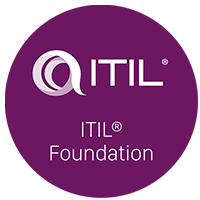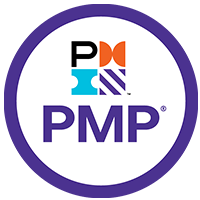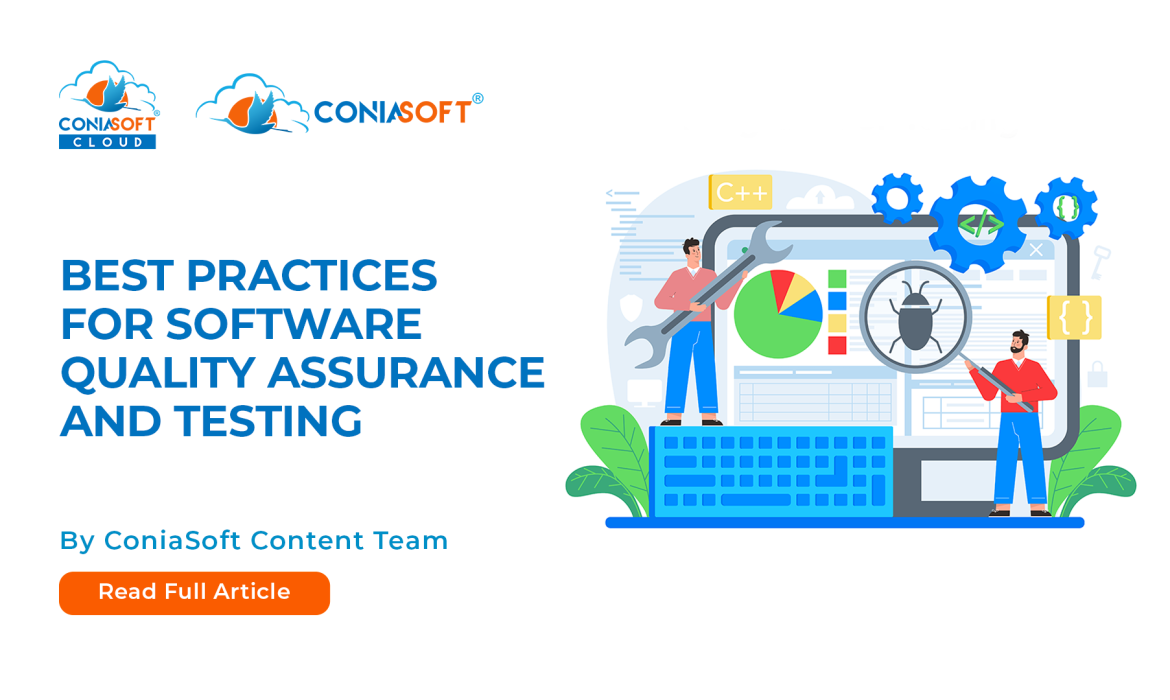Monitoring and enhancing the software development process to ensure the end product meets or exceeds user expectations in terms of functionality, stability, performance, security, and usability is known as software quality assurance (SQA). SQA entails various actions, such as testing, code reviews, and continuous integration, to identify and address faults and ensure the high quality of the software product. With the development of digital transformation and the increasing demand for consistent user experiences, software quality assurance is more crucial than ever. To guarantee that their products fulfil user expectations and remain competitive, businesses must stay current on the newest trends and best practices in software testing.
In this blog post, we will look at software quality assurance and the recommended practices that QA teams should use while testing software. Businesses may stay ahead of the curve and produce high-quality software products that fulfil consumer expectations by implementing these best practices.
Agile testing is a software development practice that emphasises collaboration, flexibility, and iterative development. It incorporates testing throughout the development process, allowing for speedier feedback and change responsiveness. As firms adopt Agile approaches for software development, the use of agile testing is projected to increase. It facilitates real-time communication between testers and developers in discovering and addressing issues. To be successful, testing must be integrated into the development process, testers must be involved at all stages, and appropriate tools and techniques, such as continuous integration and automated testing, must be used.
Test automation is a software testing technique that employs automated tools and scripts to do tasks, thereby saving time and money while enhancing test results’ accuracy and consistency. It permits more frequent testing, allowing errors to be identified sooner in the development cycle. Selecting relevant tools and frameworks, having the essential skills, and careful planning and execution are all required for successful implementation. To lower total expenses, teams must ensure that the appropriate test cases are automated and that tests are repeatable and dependable.
DevOps and Continuous Testing are critical technologies for modern software development, improving team collaboration and communication from the early stages to production deployment. These practices boost the speed, quality, and dependability of delivery operations, recognising problems before they affect customers and encouraging better teamwork. They also result in shorter feedback loops, more consistent releases, and fewer problems. To properly leverage these capabilities, teams must foster a culture of collaboration and continuous improvement through the use of automated testing methods and test automation tools.
Shift left testing is a technique that assists teams in identifying and resolving issues early in the software development process, thereby avoiding costly difficulties later. This method enhances productivity and product quality, allowing developers to concentrate on refining programs and creating better user experiences. It reduces development time and costs while producing higher-quality products. Teams can save time on problem fixes and reach customers faster by incorporating testing into the initial process and employing automated techniques like unit tests.
Machine Learning (ML) and Artificial Intelligence (AI) are rapidly being utilised in software quality assurance to automate testing operations, uncover patterns, and increase accuracy. Without explicit programming, these technologies enable computers to learn and make decisions based on facts. Access to high-quality data, adequate tools, and the essential expertise to construct and maintain AI and ML models are required for successful applications. Adopting AI and ML can greatly improve testing processes, decreasing errors and production concerns. They also assist in identifying and acting on trends in test findings, thereby improving the overall quality of the software product.
The best practices in QA software testing include defining requirements, building complete test cases, prioritising test cases based on business effect, using realistic test data, leveraging automation tools, communicating with development teams, documenting test results, and analysing test findings. These practices can result in higher-quality software, lower costs, better cooperation, and faster delivery timeframes.
Define test objectives, scope, test environment, data, scenarios, desired reaction times, throughput, and other related goals. Create thorough test cases that address acceptance criteria, system and integration requirements, functionality, and use cases. Prioritise test cases based on their business impact, complexity, and criticality, ensuring that the most critical ones are carried out first. To correctly depict system performance under regular and peak usage scenarios, use realistic test data. Automate repeating testing and collect quantitative and qualitative data on user experience using automation technologies. Collaborate closely with development teams to discover and address faults as soon as possible.
Achieve best practices in different forms of QA software testing to increase your reputation, customer satisfaction, and competitiveness.
Functional testing is an important component of software development since it ensures that the product meets user requirements and functions as expected. It consists of exploratory testing to uncover flaws and potential usability concerns, regression testing to ensure that the new feature does not have a negative influence on other areas, and post-release testing to guarantee that the product continues to perform successfully in production.
Integration testing, which involves the flawless integration of multiple system components or modules, is a critical component of software testing. It is crucial to prioritise integration points based on their complexity, criticality, and impact on performance. Mock objects are used to replicate the behaviour of other systems, and API testing verifies that interfaces between components work properly. End-to-end testing guarantees that the system meets the needs of the users.
System testing is an important element of software development since it ensures that the system satisfies user needs and functions as expected. It includes realistic test data, performance testing, and security testing to guarantee that the system meets performance requirements like response speed, scalability, and resource utilisation, as well as being resilient to external threats.
Acceptance testing is a critical stage in software development in which the system is tested to ensure that it meets the needs of the user and performs as planned. It entails including stakeholders, exploratory testing, and usability testing to uncover problems and difficulties. Acceptance testing can be made more efficient by automating it. Performance testing measures how well a system performs under various load and stress circumstances. To uncover performance issues, QA teams should simulate various network situations and monitor system resources such as CPU, RAM, disc space, and network bandwidth. Load testing enables evaluation under various load circumstances as well as the discovery of performance bottlenecks.
Security testing is an important stage in software development because it evaluates a system’s ability to withstand and recover from security attacks and vulnerabilities. It entails assessing security threats, testing vulnerabilities, testing authentication and authorization, testing penetration, and testing data protection measures. These tests verify that sensitive data and functionality are only accessible to authorised users. Another important part of software testing is usability testing, which evaluates the system’s ease of use, user experience, and interface. To discover and address issues before deployment, QA teams should design user personas and undertake usability testing early in the development cycle. Testing across several devices, platforms, and browsers ensures consistent user experience and feedback, providing for a more in-depth understanding of user needs and expectations.

























